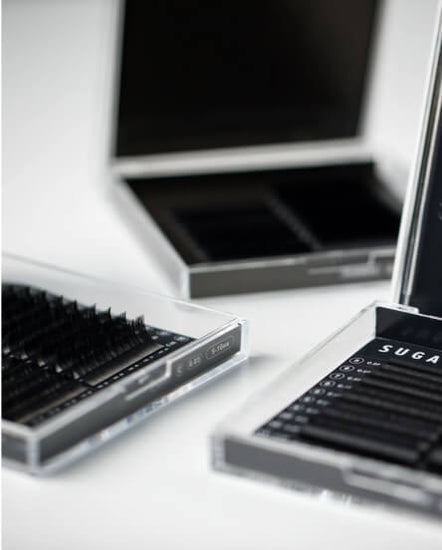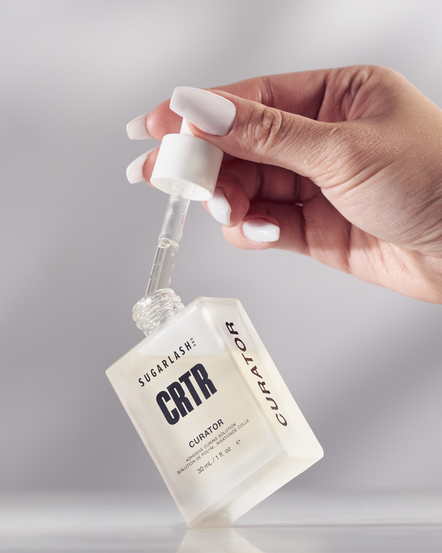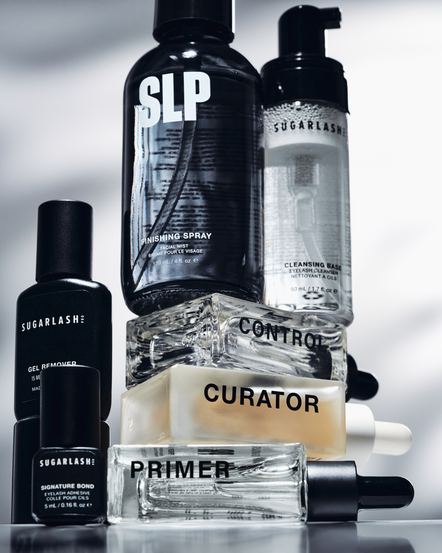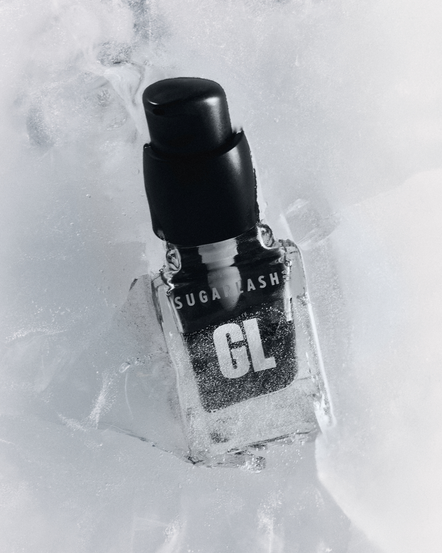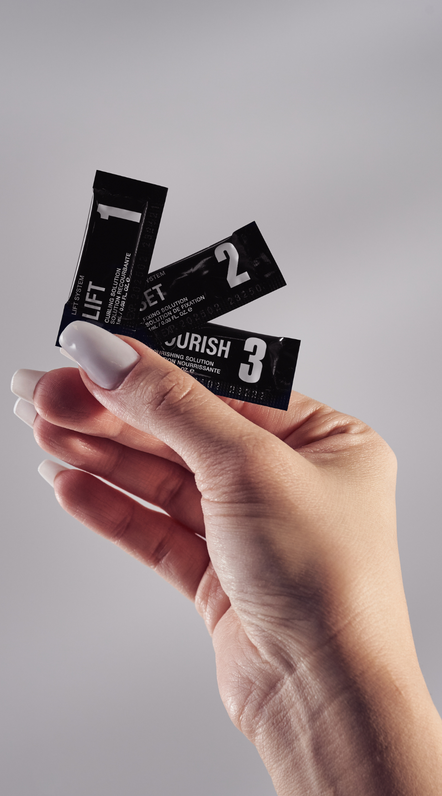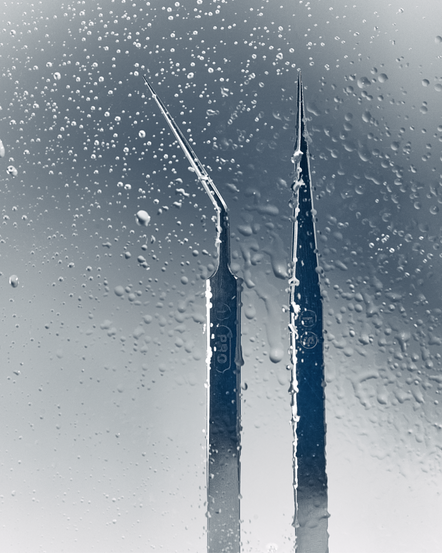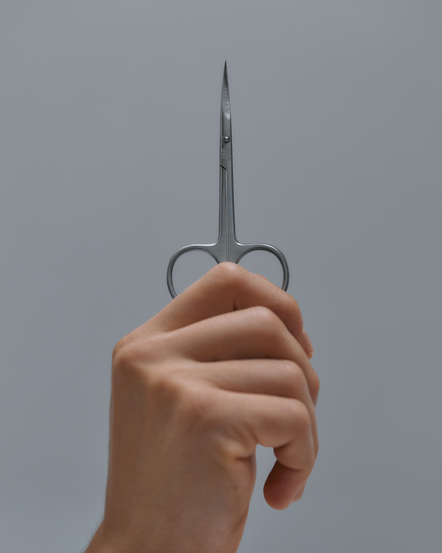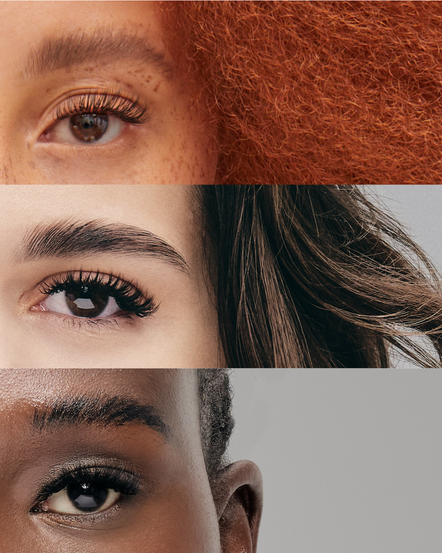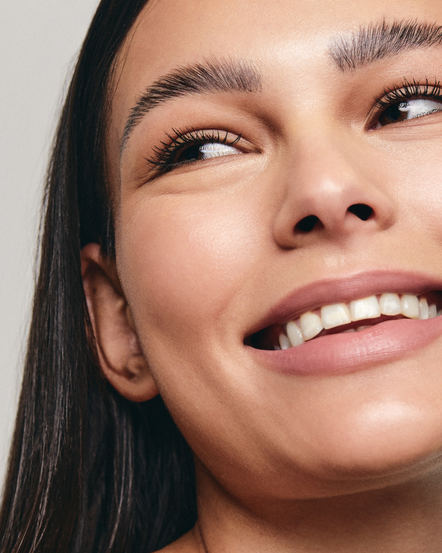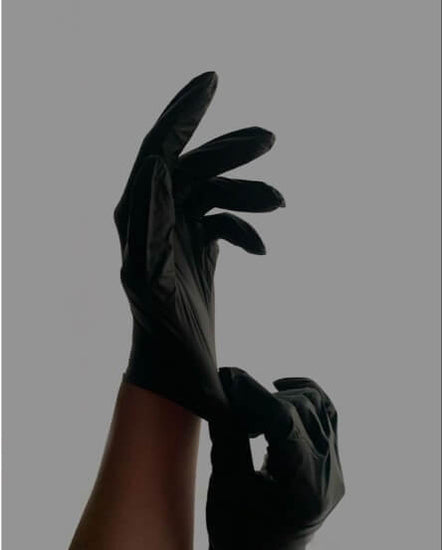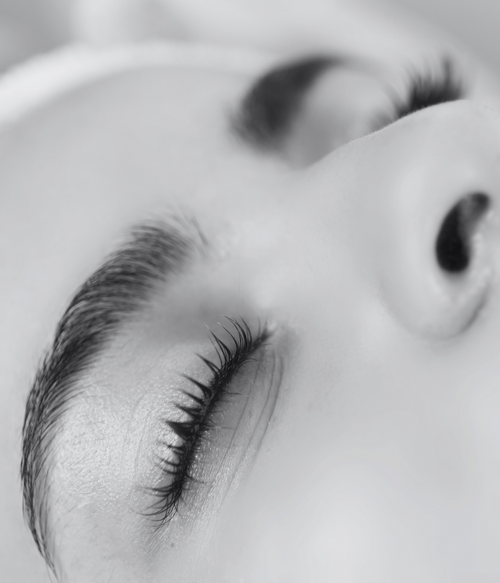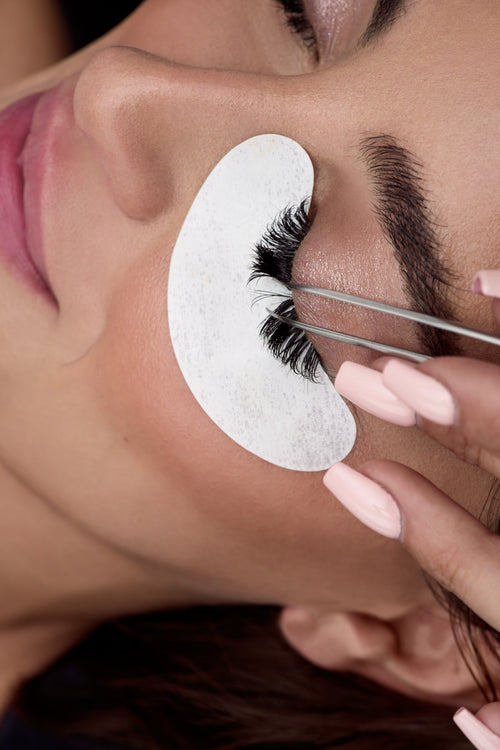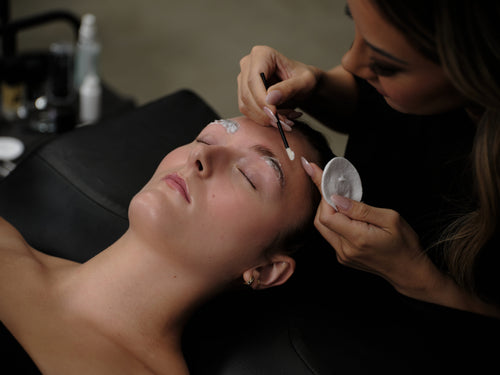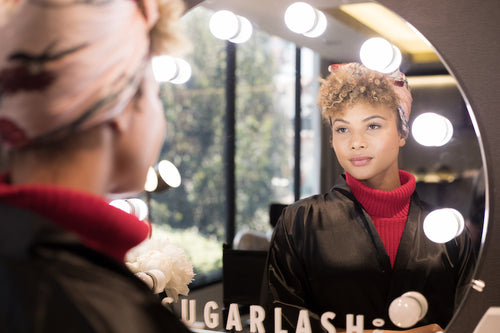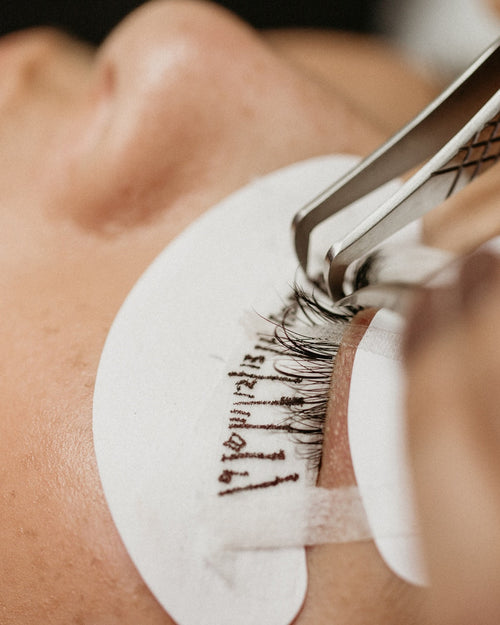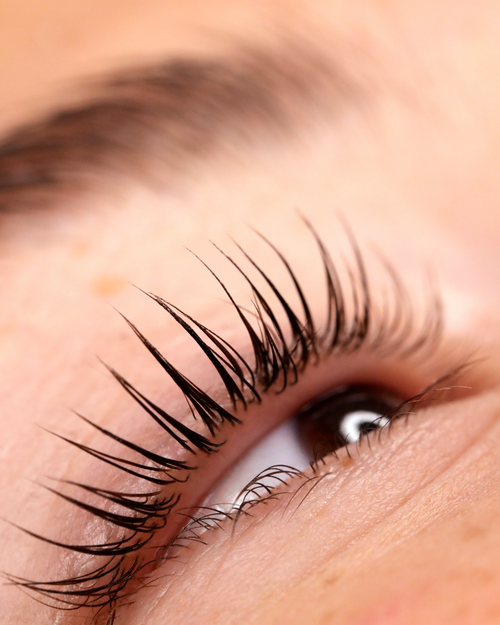INTRODUCTION
We know you're all about efficiency and gorgeous results, and that's exactly why we're obsessed with the glue-free lash lift trend.
Sure, the traditional lash lift method gets the job done, but what if we told you there was a way to achieve a stunning lift without all the glue?
Intrigued? We knew you would be! Keep reading for a step-by-step guide on this innovative technique from our very own Education Manager, Mandy Beach (remember that viral reel?), along with all the pros and cons to consider before adding it to your service menu.
THE TRADITIONAL LASH LIFT
A traditional lash lift service is done by gluing the lashes to a silicone lift shield and applying solutions directly to the lashes on the shield. Once the solutions have been processed, you gently remove the lashes from the shield to reveal their stunning new curl.
That additional step of carefully adhering the lashes to a shield doesn’t sound like much but it does take extra time and product to complete.
GOING GLUELESS
We’ve been hearing about a new way to perform a lash lift that eliminates the glue step (just hear us out okay). Our Education Manager, Mandy Beach, showcased this method in a viral reel and now we’re going to give you the details to try it yourself.
Once you’ve cleansed the lashes and applied eye pads, you’ll select your shield size for the appropriate curl and set it aside for now. Next, you’ll fully saturate the lashes with our Lash + Brow Lamination LIFT Solution. It’s important that you’re using a cysteamine based formula because it’s more gentle and allows you to process the tips of the lashes without causing unnecessary damage. Process the base of the lashes as normal based on hair density being mindful to remove solution from the tips of the lashes 2-3 minutes into the service.
After the remaining time has elapsed, gently remove any additional solution with a flocked applicator.
This is where your shield will come back into play. Glue the shield down to the eyelid and brush the processed lashes onto the shield. You’re probably asking why you’d do this now, let us tell you. Once the LIFT solution has processed, the proteins in the lash have been denatured and are super flexible. Pushing them back onto the shield in this state is going to get you a more precise, crisp lift.
When you’re happy with the lash placement on the shield continue the service with the SET solution, which will hold the lashes down on the shield for the remainder of the service.
Once all of your active solutions are done processing, follow up with NOURISH and any additional boosters like PLUMP or GLAZE.
WHY TRY IT?
- You never know what techniques will work best for you and your clients until you try them. Offer a model appointment for someone who’s willing to let you practice. The results might surprise you!
- By removing this small step it’ll shave a bit of time off your lift services. It might not sound like much but it will allow you to be more efficient with your time. Additionally, not needing to use Lift Adhesive to place lashes prior to the service will reduce the amount of product you use making it more cost effective
- Sticking the lashes down to the shield has traditionally been a vital part of this service. However, using Lift Adhesive can make it tricky to delicately remove your client’s freshly processed lashes.
IS THERE A DRAWBACK?
While we’re excited to see this service evolving, there are a few things to keep in mind before you commit to trying it at your salon:
- You need to be using a thicker, cysteamine based formula that will be more gentle on the lashes and will stay exactly where you put it for processing.
- If you have a client with fluttery or watery eyes you may want to skip this one. This will increase the likelihood of solutions coming in contact with their eyes and no one wants that.
- Keep a close eye on the tips of the lashes. They are the most delicate part of the lash and are more prone to overprocessing. If your client has super fine, damaged lashes, you might be better off sticking to the traditional shield method.
CONCLUSION
Why not try something new? Safe experimentation paves the way for innovation in any industry. If you’re ready to give it a try check out our cysteamine based Lash + Brow Lift Solutions and tag us @sugarlashpro on all social channels so we can admire your work.

